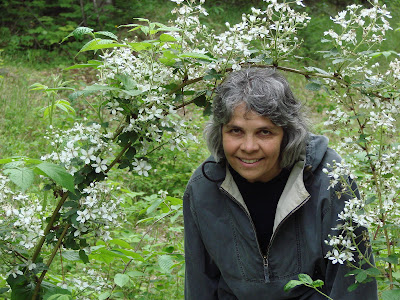
Shafthouse No. 4 still stands. All that remains of Shafthouse No. 3 are stone and concrete footings.
Painesdale is named after William A. Paine, a Boston financier and senior partner of the brokerage firm Paine, Webber & Co. Paine was instrumental in the founding and capitalization of both the Copper Range Company and the Champion Copper Company in 1899. In that year Copper Range built a railroad from Houghton to Mass City, which opened the mineral range for exploration and development. Paine also hired Dr. Lucius Hubbard, a former Michigan State Geologist to to find the southern extension of the Baltic Lode on the Champion properties. Hubbard found it in the summer of 1899, nearby to where Shaft No. 3 was later sunk.
Today, bashing capitalists as greedy, immoral money-grubbers has become a national sport. But without capitalists like William Paine, there would be no Copper Country. For that matter, there would be very little of anything.

It seems that you have to get old yourself before you start to appreciate old things. None of this stuff meant much to me as a kid. Just old ruins and junk - part of the landscape. I'm beginning to see it differently now.

The foundation of Shafthouse No. 2, directly behind the Jeffers High School. The local kids have built benches and made a place for bonfires on top of the concrete cap that covers the actual shaft. I was pleased to see that they haven't left much trash.

Climbing a poor rock mountain.

Once the roof is gone, walls rapidly deteriorate. The great leveller, water, gets in the cracks, freezes and expands. Never underestimate the power of water.

This place reminded me of the Alamo. Slightly larger, but not nearly as well-maintained. But there is still something heroic in these ruins.

Shafthouse No. 1 stood here. Note how they alternated columns of Jacobsville sandstone and mine rock. Sandstone is typically used in the corners of most of the buildings - it is flat and stacks well. I also think that the stonemasons who laid these enjoyed making them attractive as well as functional. I salute you, whoever you were.
And I also salute you, whoever laid this wall.








































